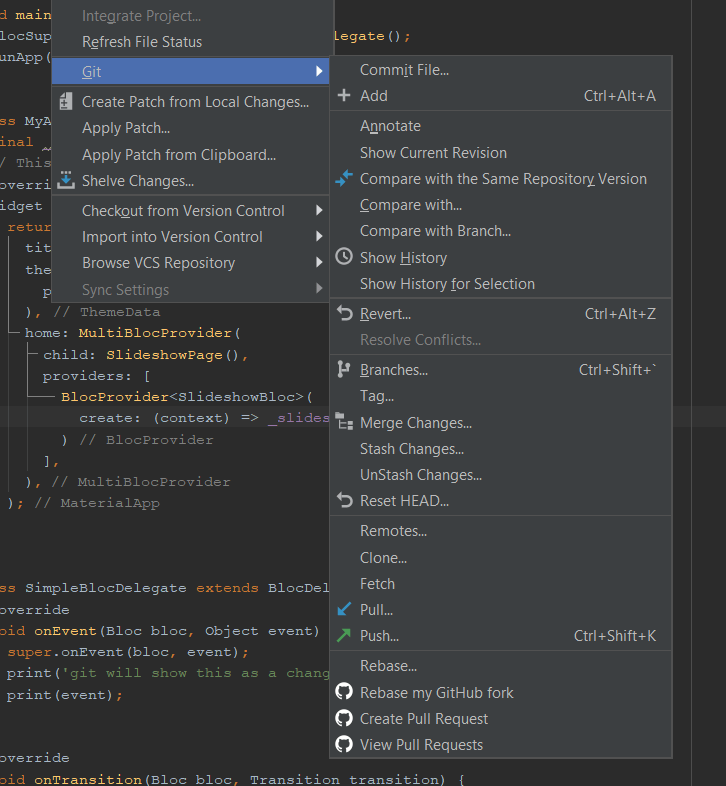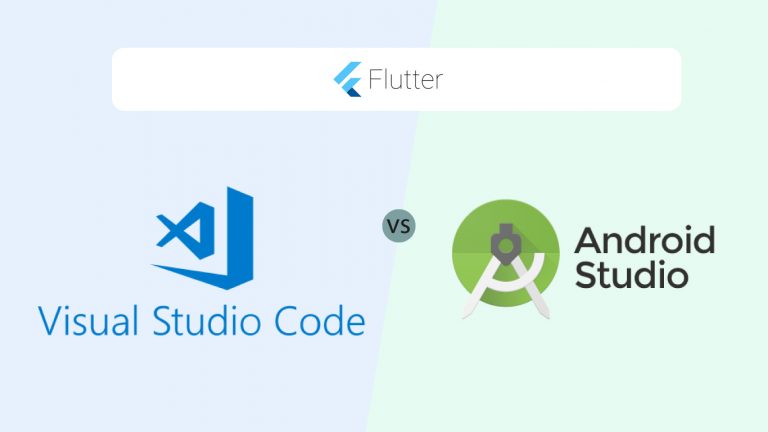
- ANDROID STUDIO IDE VS BUNDLE HOW TO
- ANDROID STUDIO IDE VS BUNDLE APK
- ANDROID STUDIO IDE VS BUNDLE INSTALL
- ANDROID STUDIO IDE VS BUNDLE FULL
- ANDROID STUDIO IDE VS BUNDLE ANDROID
Mismatching redirect URI when opening the IDE The most common issues and ways to resolve them Don't forget to include a link to your profile and a problem or project stage you're trying to solve. It will help us to understand the issue and process your request much faster.
ANDROID STUDIO IDE VS BUNDLE FULL
If the steps described above did not help, please collect the full IDE log bundle as per this article and attach it to this support form.
ANDROID STUDIO IDE VS BUNDLE ANDROID
We’re excited to hear your feedback and the use cases you find to make sure your app is optimized for everyone using the Android App Bundle.
ANDROID STUDIO IDE VS BUNDLE APK
You can still distribute APKs to the store of course if you chose, and keep in mind that App Center Distribution Groups still use the regular APK when distributing to them. In addition, when you configure distribution to the Play Store, but your app is not set up to produce an AAB, we will kindly let you know that AABs are preferred now: This applies both to automatic distribution when you configure it for your build – or when distributing manually to the store. If your build contains a bundle as an artifact, and you’re distributing it to a store which supports AAB (only Google Play as this time), App Center will automatically distribute the Android App Bundle. The simple answer here is you don’t have to do anything extra. Now, how do you get it into the Play Store? So, you’ve built your app as an AAB, either through App Center, or locally, or through another CI pipeline. If you look at the build’s details, you can then download the bundle if you so wish: Keep in mind that AABs for submission to the Play Store must also be signed, so we’re signing your AAB with the same key store and credentials as we’re signing your regular APK with. In any case, what you select in the configuration will be respected, and if you chose to build a bundle, it will be built in addition to your regular APK. through the bundle block in your app’s Gradle configuration) we will enable this option by default. If our repository analysis detects that your app may use a bundle (i.e. However, there’s a little more to it behind the scenes, of course. There’s a new switch in the build configuration of your Android app which allows you to build a bundle.
ANDROID STUDIO IDE VS BUNDLE HOW TO
How to Build an AAB for your Android Appīuilding an Android App Bundle with App Center is straightforward and only requires one step:

We’ve heard you loud and clear that being able to build and distribute AABs to supporting stores is important to you, and so we’re happy to announce that Visual Studio App Center supports building AABs for all supported Android platforms (regular Java/Kotlin, React-Native and Xamarin apps). At the same time, since August 2019, the Play Store only accepts binaries supporting 64-bit for new uploads, and given that an AAB typically results in smaller individual binaries distributed to your users, the size limit for AABs is a much more forgiving 150MB per individual APK as the regular 100MB for plain APKs. One of the challenges is that while the Android App Bundle brings a lot of benefits for users of the Play Store, these are not directly available for users of other platforms. This reduces both the download size of your app for most devices and the storage space your app consumes on the device. screen densities, CPU architectures and locales.
ANDROID STUDIO IDE VS BUNDLE INSTALL
You can’t install it directly on your Android device, but it is used to generate optimized binaries tailored for specific devices, i.e. It contains all resources and assets and binaries of your app for the respective publishing platform, i.e.

To get started it is important to recognize the Android App Bundle (or AAB for short) as a publishing format.

Originally announced at Google I/O ‘18, this new format brings a host of new features and improvements for both you as a developer and your app’s users. You might have heard about the new official publishing format for your Android apps: The Android App Bundle.


 0 kommentar(er)
0 kommentar(er)
